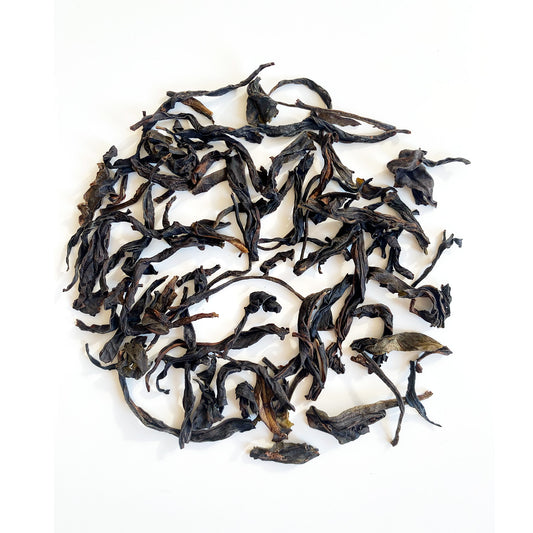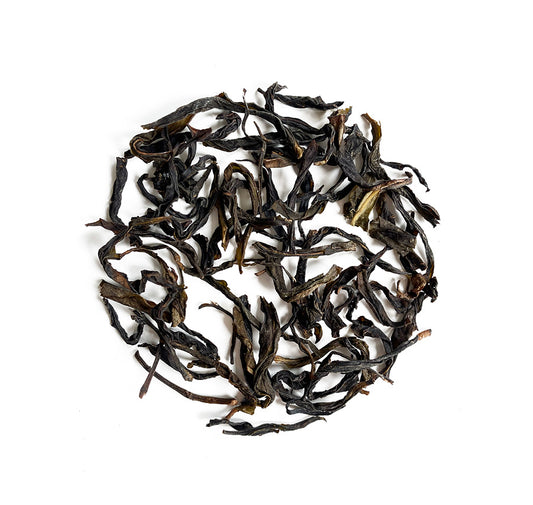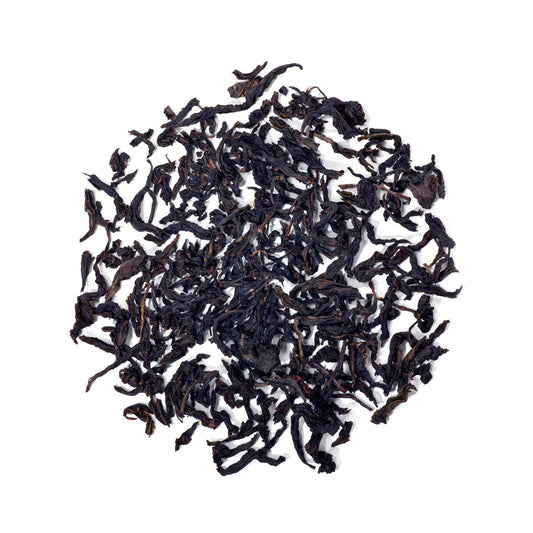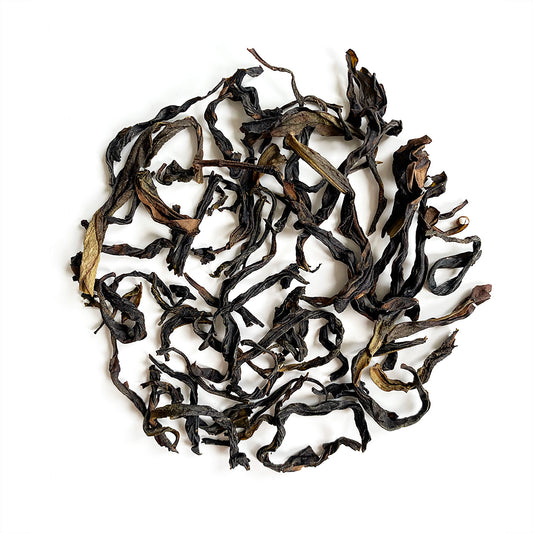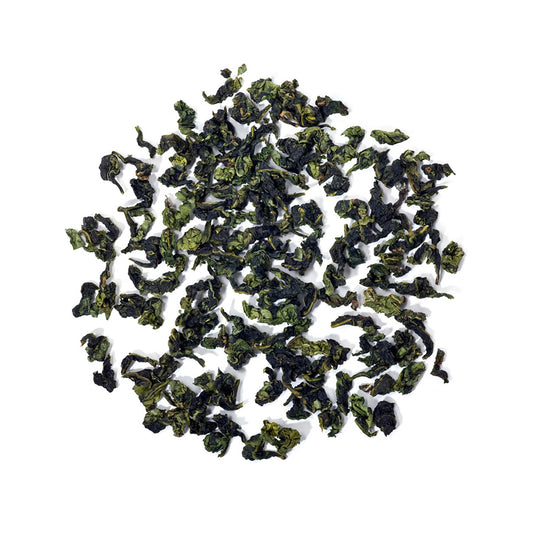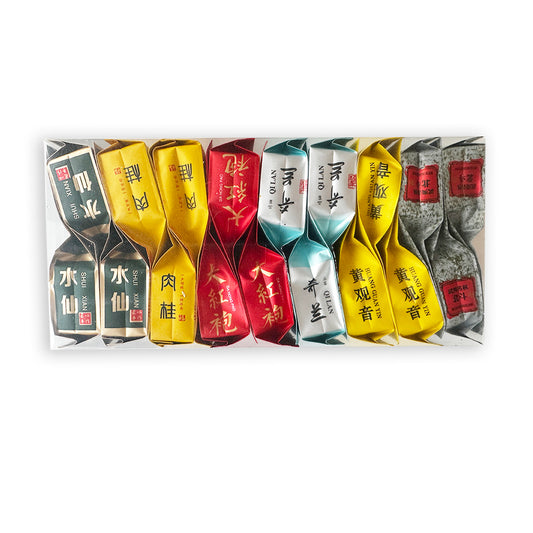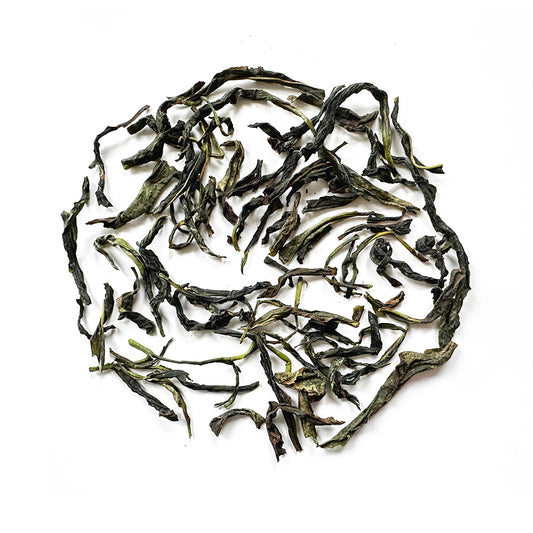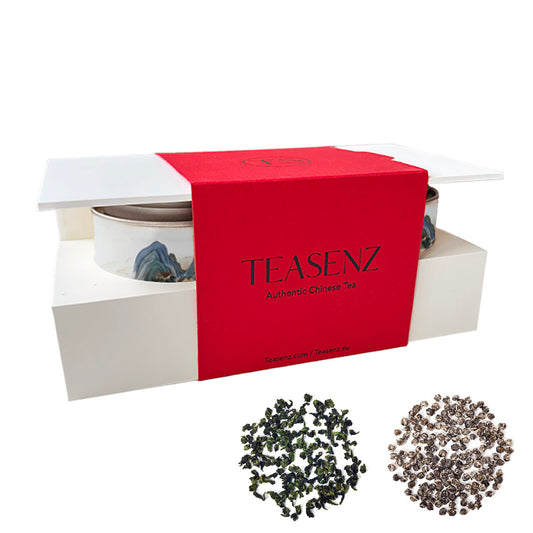Collection: Oolong Tea
-
Xing Ren Xiang Dan Cong Oolong Tea
Regular price €14,95 EURRegular priceUnit price / per -
Huang Zhi Xiang (Yellow Gardenia) Dan Cong Oolong Tea
Regular price €159,95 EURRegular priceUnit price / per -
Zhi Lan Xiang Dan Cong Oolong Tea
Regular price €11,95 EURRegular priceUnit price / per -
Da Hong Pao (Big Red Robe) Oolong Tea
Regular price €11,95 EURRegular priceUnit price / per -
Duck Shit Oolong, Ya Shi Xiang Dan Cong Tea
Regular price €11,95 EURRegular priceUnit price / per -
Tie Guan Yin (Iron Goddess) Oolong Tea
Regular price €8,95 EURRegular priceUnit price / per -
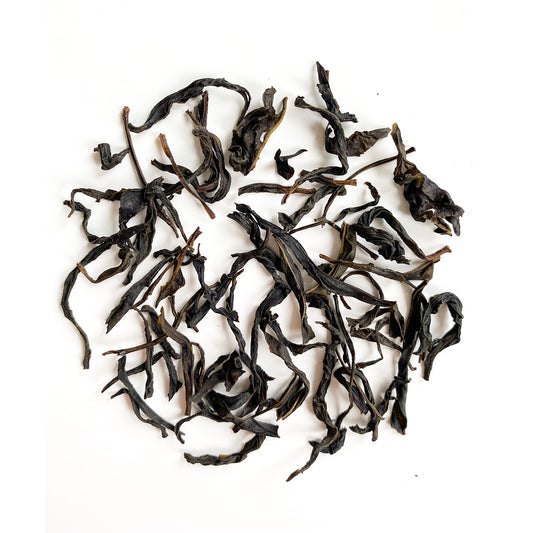 Sold out
Sold outMi Lan Xiang Feng Huang Dan Cong Tea
Regular price €11,95 EURRegular priceUnit price / per -
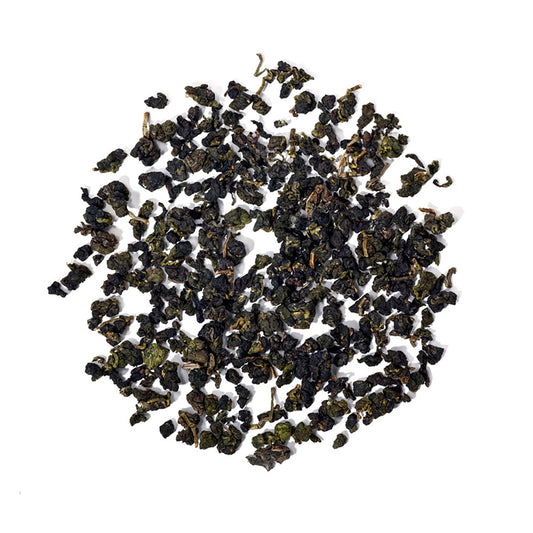 Sold out
Sold outMilk Oolong
Regular price €8,95 EURRegular priceUnit price / per -
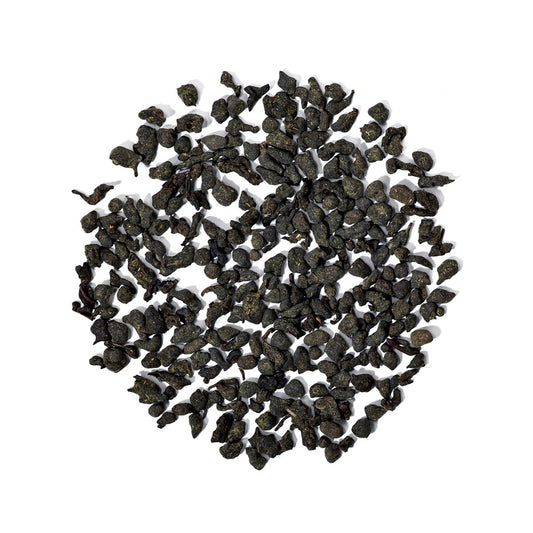 Sold out
Sold outGinseng Oolong Tea
Regular price €8,95 EURRegular priceUnit price / per -
Wuyi Rock Tea (Yan Cha) Sampler 'Rock Tea Impressions' - Yancha Tasting Set 144g
Regular price €25,95 EURRegular priceUnit price / per -
'Chou Shi' Dehydrated Duckshit Oolong Tea
Regular price €14,95 EURRegular priceUnit price / per -
Teasenz Light Oolong & Jasmine Tea Gift Box
Regular price €35,90 EURRegular priceUnit price / per -
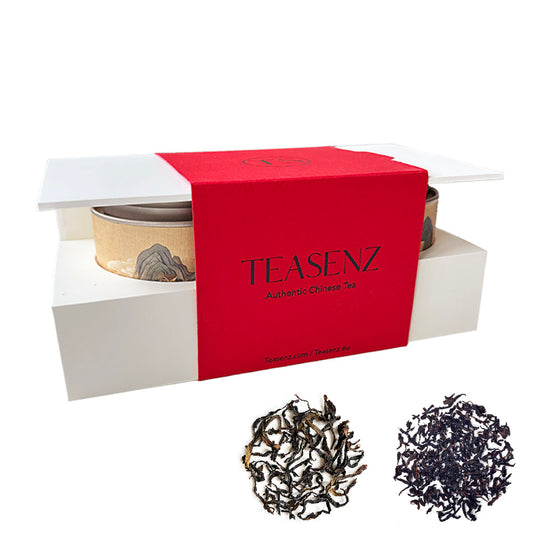 Sold out
Sold outTeasenz Dark Oolong Tea Gift Box
Regular price €27,50 EURRegular priceUnit price / per
Do you have questions about Oolong Tea?
Oolong Tea 101
What is Oolong Tea
Oolong tea is made from the leaves of the Camellia sinensis plant, the same plant used to make green and black tea. The difference lies in the oxidation process. Green tea is minimally oxidised, while black tea is fully oxidised. Oolong tea, on the other hand, undergoes partial oxidation. This means that the leaves are allowed to wither and oxidise for a specific period of time before they are heated to stop the oxidation process.
Depending on the oxidation level, an oolong tea may be classified as a light oolong tea, such as Tie Guan Yin, or dark oolong, such as Da Hong Pao. Light oolong teas have a flavour profile closer to that of green tea. However, the tend to be less bitter and less grassy and have a velvety texture and floral aroma. On the other hand, dark oolong teas often have an intensity level closer to a black tea, and are characterised by an aroma profile of minerals, herbs, and spices.
What are the benefits of Oolong Tea
In a recent study "Multifunctional health-promoting effects of oolong tea and its products" several scientists have reviewed 102 scientific studies on the benefits of oolong teas. According to the paper, the beneficial effects of oolong tea are mainly attributed to its polyphenols, in particular, catechins, theasinensins and polysaccharides. According to the scientists, regular oolong tea consumption may prevent cancer, improve heart health, and support weight loss. Oolong tea are also confirmed to have anti-bacterial and anti-inflammation properties.
Oolong Tea & caffeine
The caffeine content of oolong tea can vary depending on factors such as the specific tea leaves used, the brewing time, and the water temperature. On average, a cup of oolong tea contains about 30-50 milligrams of caffeine per 250ml (8oz) serving, which is significantly less than a cup of coffee. However, oolong tea generally contains more caffeine than green and white due to higher steeping temperatures.
If you're concerned about your caffeine intake, you may opt for a shorter brewing time when preparing your oolong tea. If you're enjoying tea with friends in a traditional setting, you may skip the first 2 steeps and starting enjoying the tea from the 3rd steep. Additionally, you can choose to drink oolong tea earlier in the day to give your body more time to metabolise the caffeine before bedtime.
Where to buy Oolong Tea
When it comes to buying oolong tea, skip your local grocery store. Tea stores are an excellent place to start your oolong tea journey. They often offer a wide variety of oolong teas, and have knowledgeable staff who can help you select an oolong tea based on your preferences.
If you prefer to shop from home, you can look for online shops. While there's no staff to assist you, online tea retailers often provide detailed descriptions, including each oolong tea's origin, flavour profile, and brewing instructions. If you're mainly interested in oolong tea from China, you may browse our oolong tea collection on Teasenz.eu (or visit Teasenz.com if you're not based in Europe).
Other FAQ about Oolong Tea
Is oolong tea a black tea?
No, oolong tea and black tea are not the same. To produce oolong, the tea leaves are paritally oxidised, while for black tea they're fully oxidised. The flavour intensity of a dark oolong tea may close to that of a black tea. However, they aroma profiles of both tea types are completely different.
Is oolong tea a green tea?
No, oolong teas are partially-oxidised, while green teas are minimally oxidised. The taste of lightly oxidised oolong teas are close to that of green teas. However, they have a more creamy and thick texture and a less bitter taste due to partial oxidation.
What is oolong tea made of?
All teas (including oolong tea) are made from leaves of the Camellia Sinensis tea plant. It’s the processing method and degree of oxidisation that determines the classification of tea.
How to steep oolong tea?
For preparation instruction for each type of oolong tea, you may visit the individual tea pages above.

